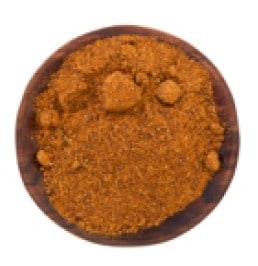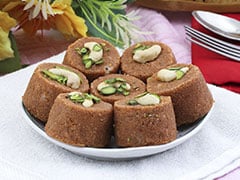Story ProgressBack to home
Asafoetida(हींग)
Hindi Name:हींग
Having said to be originated in Rome, Asafoetida has become an essential condiment in the Indian vegetarian cooking. It is the dried latex emanated from an underground living rhizome of Ferula. It is very commonly used in a granulated or powdered form.
- NDTV Food
- Nov 21 2014 13:07 IST
 Having said to be originated in Rome, Asafoetida has become an essential condiment in the Indian vegetarian cooking. It is the dried latex emanated from an underground living rhizome of Ferula. It is very commonly used in a granulated or powdered form. Contrary to its natural putrid smell, it delivers a tingling aroma when added during cooking. The pungent odour is caused by the presence of sulphur compounds.
Having said to be originated in Rome, Asafoetida has become an essential condiment in the Indian vegetarian cooking. It is the dried latex emanated from an underground living rhizome of Ferula. It is very commonly used in a granulated or powdered form. Contrary to its natural putrid smell, it delivers a tingling aroma when added during cooking. The pungent odour is caused by the presence of sulphur compounds.
Types and Usage
There are two main varieties of asafoetida distinguished on the basis of their colour -
Hing Kabuli Sufaid, which is white or pale. It is water soluble.
Hing Lai, also called red asafoetida is oil soluble.
Pure asafoetida has a very strong pungent because of which it is assorted with starch and gum and sold in small brick forms, for being usable. It is also available in powdered form. Asafoetida is stored in air-tight containers controlling the odour. It is a very commonly used condiment in Indian culinary. Though added in minute quantities, it adds the flavour to the dish. However, one should keep in mind not to use asafoetida with onions and garlic which may make the dish overly spiced.
Nutritional Value
1. It is used as a digestive aid.
2. In the Jammu region, 60% of the locales use asafoetida as medicine for flatulence and constipation.
3. It is also believed to be a remedy for asthma and bronchitis.
4. Asafoetida is believed to help in the drug development against influenza virus.
5. Excess consumption of asafoetida may cause nausea and vomiting.
Did you know?
For it nature of flavour enhancing, asafoetida is called the 'Mistress of Spices.'








